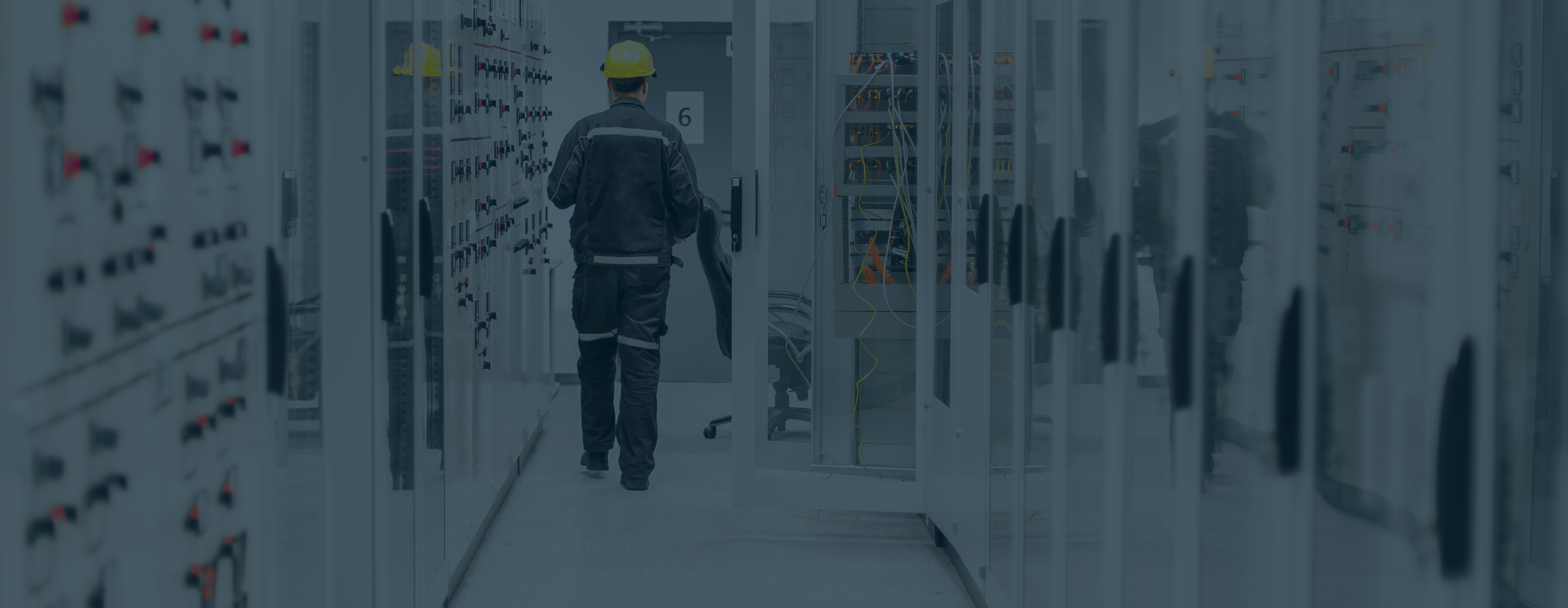This interactive virtual workshop will provide a thorough overview of AS2067, a mandatory standard for HV design.
You will gain a deep understanding of the critical technical concepts, clauses and design requirements indicated by the standard.
Following a detailed explanation of the sections of the standard, we will then expand on the major concepts including topics such as clearances, earthing, fire risk mitigation, equipment requirements.
EA members get 15% off on selected workshops and training. Not a member? Sign up now
*1% credit card surcharge applies.
Any questions?
Contact us
12 August - 12 August
11 September - 11 September
14 October - 14 October
11 November - 11 November
10 December - 10 December
This online workshop will run on the following dates:
12 August 2025, 12pm – 5pm AEST
11 September 2025, 12:30pm – 5:30pm AEST
14 October 2025, 10am – 3pm AEDT
11 November 2025, 9am – 2pm AEDT
10 December 2025, 12pm – 5pm AEDT
RSVP
Registrations close three business days before the start of each session.
We offer flexible delivery options to support your team's development:
Private corporate delivery: we can facilitate an exclusive delivery of this course for groups of 8 or more at a date and time that suits you.
Contextualised content: in addition to a private delivery, learning content can be tailored to your organisation’s specific needs.
Find out how we can help you and your team by completing an enquiry form or emailing us at [email protected]
- Understand what AS2067 contains
- Understand the fundamental technical concepts in the standards contract
- Understand how to apply clearances
- Understand earthing requirements
- Understand fire risk management
Is this course for you?
This workshop is relevant to professionals working in Electrical Utilities, Transmission and distribution, large power users, Generators and renewable energy providers.
Relevant roles include but are not limited to:
- HV designers
- Design managers
- Project Managers
- Commissioning engineers
This course is most relevant to graduate to mid-level engineers.
Topics we'll cover
- Insulation – coordination, selection, clearances
- Equipment standards and requirements
- Installation design – indoor, outdoor, building requirements
- Safety measures – direct and indirect contact, arc faults, lightning, fire and explosion
- Auxiliary systems – control and protection
- Earthing
- Inspection and testing
There are no prerequisites for this course.
Ben is a Chartered electrical engineer with over 30 years’ experience in transmission and distribution (T&D) design. His local and international expertise spans standards development, projects, field operations, and assets management.
As a Principal Engineer at AusNet, Ben manages assets, policies, and T&D investigations. As an AU/ENA representative and IEC contributor, he brings a wealth of experience to national and international standard committees.
With an MBA from La Trobe University and a BSc in Electrical Engineering from Hebei University of Technology, Ben is an innovative and forward-thinking professional dedicated to T&D excellence.
Crina has over 33 years’ experience in designing and managing HV systems for large-scale projects across South Australia, NSW, Queensland, and Victoria. Her career achievements span over 55 completed projects including design management, detailed project engineering, and detailed primary design.
Currently a National Manager – Substations at Partum Engineering – A Genus Plus EPC engineering design company, Crina has held senior leadership and consulting roles at numerous organisations including John Holland, ElectraNet, GHD, CPP, Sun Metals and SA Power Networks.
Crina is at the forefront of leading the National Electricity Market (NEM) transition to renewables through substation design and HV equipment selection, as well as by integrating large-scale battery energy storage systems (BESS), such as the ESCRI-SA, Hornsdale, and provided technical support for the development of the Waratah Super BESS.
Additionally, Crina actively contributes to the advancement of the profession through her active involvement in CIGRE, AS/NZS, and IEC committees. She was the Convenor of CIGRE Australian Panel B3 – Substations and Electrical Installations from July 2017 to Nov 2023, and is currently nominated as a member of the international Study Committee SC.B3 in the Strategic Advisory Group.
The session was informative in terms of pointing to AS2067 requirements in a high level scale. The construction and installations points sections were most useful.
The facilitator provided clear examples to be considered when designing a high voltage substation.

